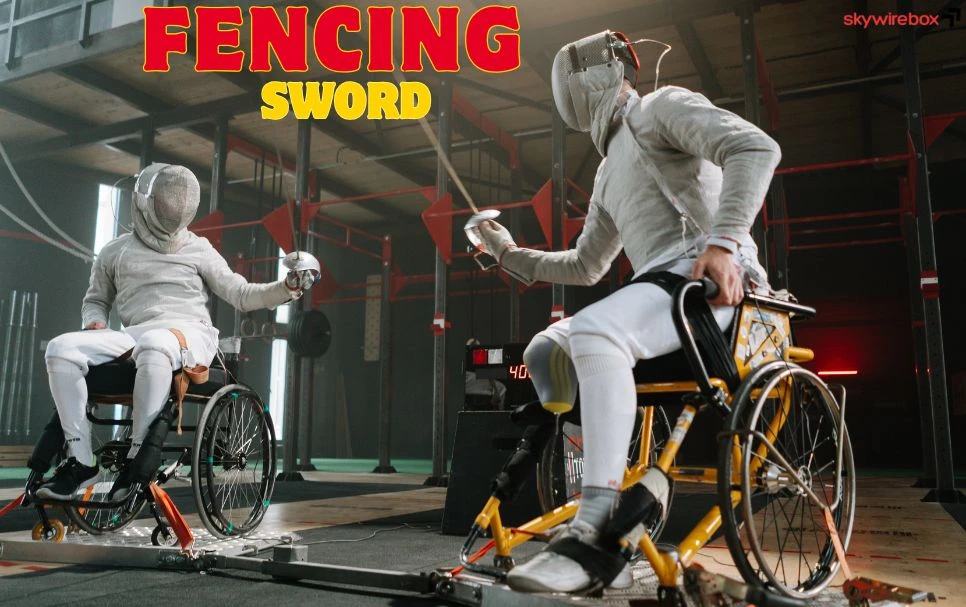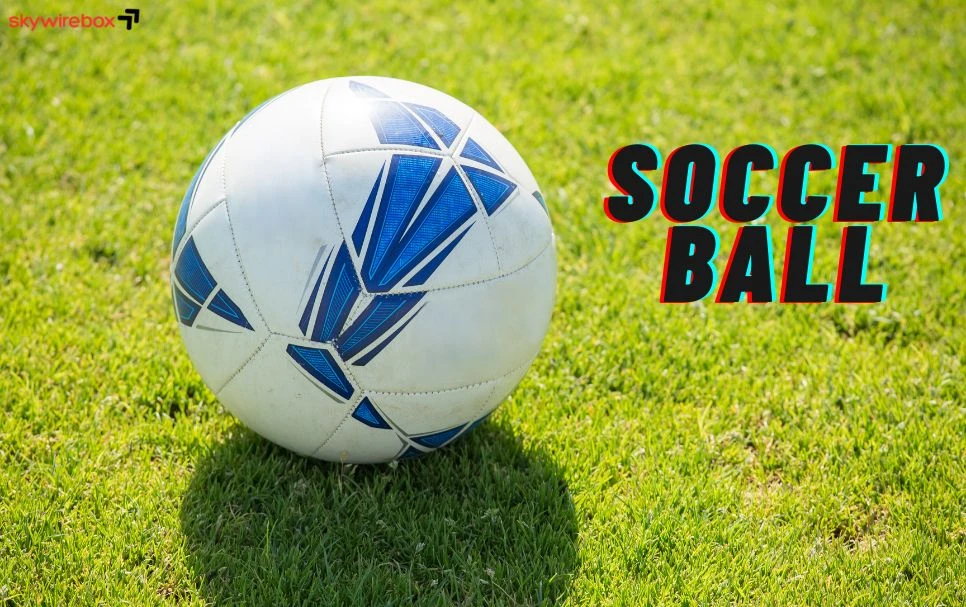When you think of a fencing sword, what comes to mind? Is it the sleek, swift foil, the sturdy épée, or the sharp, fast sabre?
Each fencing sword is more than just a weapon it’s your tool for strategy, skill, and victory on the piste. Whether you’re a beginner curious about which sword suits your style or someone eager to sharpen your knowledge, understanding the differences between these swords can transform how you approach the sport.
Ready to discover which fencing sword matches your passion and how mastering it can elevate your game? Keep reading to unlock the secrets behind these fascinating blades and take your fencing journey to the next level.
Types Of Fencing Swords
Foilis a lightand flexiblesword. It is used for thrustingonly. The target area is the torso, excluding arms and head. Points are scored by touching with the tip. The foil is ideal for quick and precise moves.
Épéeis heavierand sturdierthan the foil. It is also used for thrusting. The entire body is the valid targetarea. Points are scored by hitting any part with the tip. Épée requires patience and careful timing.
Sabreis a lightcutting and thrusting sword. The target area is the upper body, including arms and head. Points can be scored with the edge or tip. Sabre fencing is fast and aggressive, often involving slashing motions.
Sword Anatomy And Design
The blade structureof a fencing sword is thin and flexible. It helps absorb hits and makes quick moves easier. Most blades are made from steelfor strength and lightness.
The guardprotects the hand from hits. It is usually a small curved or circular metal piece. The handleis shaped to fit the hand comfortably for better control.
Weight and balanceare key for fast and precise fencing. Swords are light, often weighing less than a pound. Good balance means the sword feels even and easy to move.
Techniques For Precision
Point controlmeans keeping your sword tip steady and aimed. It helps you touch your opponent exactly where you want. Practice slow movements to improve accuracy. Focus on small, sharp movements rather than big swings.
Footwork integrationis about moving your feet correctly while holding the sword. Good footwork lets you stay balanced and ready. Step lightly and quickly. Combine steps with sword moves for smooth action.
Timing and distanceare key to landing hits and avoiding attacks. Know when to strike and how far to stand. Too close or too far weakens your attack. Watch your opponent’s moves carefully and react fast.
Speed Development Tips
Explosive movementshelp build quick bursts of speed needed in fencing. Practice short sprints and jumps to improve power.
Reaction drillstrain your brain to respond faster. Use random signals to start movements quickly.
Simple exercises like catching a ball or mirror drills sharpen reflexes.
Conditioning exercisesincrease stamina and muscle strength. Include running, cycling, and bodyweight workouts.
Strong legs and core support fast lunges and footwork. Consistency is key for steady progress.
Training With Different Swords
Transitioning between fencing swords requires learning new techniquesand rules. Each weapon, like foil, épée, or sabre, has a unique style. Switching demands focusand practice.
Adapting style means changing how you move and attack. For example, sabre is fast and uses cuts, while foil uses only thrusts. Knowing this helps adjust your strategyduring bouts.
Equipment selection is important. Choosing the right sword fits your skill and comfort. Weight, length, and balance affect your performance. Using proper gear helps improve controland confidence.
Common Mistakes To Avoid
Overextension errorshappen when the arm or body stretches too far. This causes loss of balance and slower recovery. It makes the fencer vulnerable to counter-attacks. Keeping movements controlled is key to staying steady and fast.
Poor blade alignmentreduces the chance of scoring points. The sword must be straight and aimed well. Bad alignment lets the opponent easily block or parry attacks. Always check that the blade points toward the target.
Neglecting defenseleaves openings for the opponent. Fencers must keep their guard up and be ready to block or dodge. Attacking without defense is risky and often leads to losing points. Balance offense with strong protection.
Maintaining Your Fencing Sword
Keeping a fencing swordclean is key for good performance. Wipe the bladegently with a soft cloth after each use. Avoid using water or harsh chemicals, as they can cause rustor damage.
Check the blade often for signs of wear. Replace it if it bends or breaks to stay safe. Many swords have blades that can be easily swapped outat home or at the club.
| Storage Tips |
|---|
| Store swords in a dry place to avoid rust. |
| Use a sword bag or case to protect the blade. |
| Keep swords away from heavy objects that might bend them. |
| Do not leave swords in direct sunlight for long periods. |
Advanced Strategies
Deception and feintsare key to confuse opponents. A fencer pretends to attack one area but quickly changes target. This makes the opponent react wrongly. Timing is crucial for this move to succeed.
Counterattacksoccur right after blocking or dodging an opponent’s strike. This lets a fencer score points while the opponent is off balance. Quick reflexes and sharp observation help in effective counterattacks.
Reading opponentsmeans watching their body and sword movements carefully. This helps predict their next move. Knowing an opponent’s habits gives a big advantage during a match.

Frequently Asked Questions
What Is A Fencing Sword Called?
A fencing sword is called a foil, épée, or sabre. Each has unique rules and target areas.
What Is A Fencing Sword That Starts With E?
A fencing sword that starts with “E” is the épée. It is heavier and targets the entire body in thrusting.
What Is Another Word For Fencing Sword?
Another word for a fencing sword refers to foil, épée, or sabre—three main weapons used in Olympic fencing.
Is An Epee A Rapier?
No, an épée is not a rapier. An épée is a modern fencing sword, while a rapier is a historical thrusting sword.
Conclusion
Fencing swords each have unique roles and rules in the sport. Foil, épée, and sabre offer different styles and challenges. Choosing the right sword depends on your interest and skill. Practicing with any sword improves focus, agility, and strategy. Fencing remains a dynamic and exciting sport worldwide.
Explore each sword to find your favorite style. Keep practicing to enjoy the full experience of fencing.
Visit here for more information and all update: skywirebox









